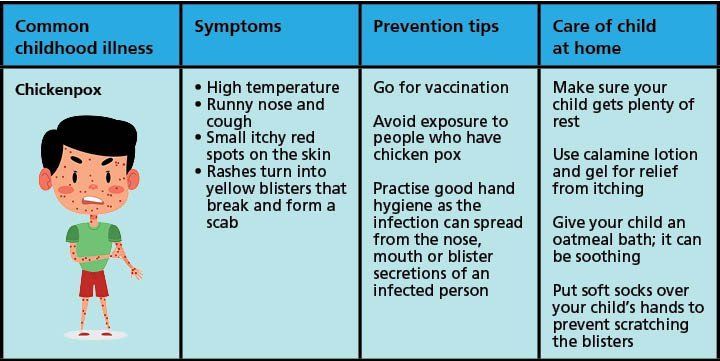Being a parent comes with its fair share of challenges, and dealing with childhood illnesses is certainly one of them. While it’s always recommended to consult a healthcare professional for proper diagnosis and treatment, there are several common childhood illnesses that can be managed at home with care and timely intervention. In this article, we will discuss some of these common illnesses and provide tips on how to handle them effectively.
1. Cold and Cough
Cold and cough are one of the most frequently encountered childhood illnesses, especially during the colder months. Symptoms include a runny or stuffy nose, coughing, sneezing, and mild fever. To help your child recover, make sure they get plenty of rest and drink fluids to stay hydrated. You can also provide over-the-counter cough and cold medications suitable for their age, but always follow the dosage instructions carefully. Using a humidifier in your child’s room can also help ease congestion.
2. Fever
Fever is the body’s natural response to fight off infections. In most cases, it’s a sign that your child’s immune system is working. However, if the fever is abnormally high or your child is experiencing other severe symptoms, it’s crucial to consult a doctor. To keep your child comfortable at home, dress them in lightweight clothing and use a cool cloth on their forehead. Offer plenty of fluids to prevent dehydration and keep the room temperature at a comfortable level.
3. Ear Infections
Ear infections are quite common in young children and can cause pain and discomfort. If your child complains of ear pain or seems irritable, it could be a sign of an ear infection. While you should consult a doctor for a proper diagnosis, you can provide some relief at home in the meantime. Applying a warm compress to the affected ear for about 15 minutes can alleviate pain. Over-the-counter pain relievers suitable for children can also be administered following the recommended dosage.
4. Stomach Flu
Stomach flu, also known as gastroenteritis, is characterized by symptoms like vomiting, diarrhea, stomach cramps, and fever. It’s important to monitor your child’s fluid intake closely to prevent dehydration. Offer small amounts of fluids frequently, such as water, clear broth, or oral rehydration solutions. Avoid giving your child solid foods until their stomach settles. Maintain good hygiene practices, such as regular handwashing, to prevent the spread of the infection within the family.
5. Rashes
Children often develop rashes due to various reasons, such as allergies or viral infections like chickenpox or measles. To soothe itching and promote healing, keep your child’s fingernails short to prevent them from scratching. Apply a gentle, non-irritating moisturizer or calamine lotion to the affected areas. If the rash persists, worsens, or is accompanied by other symptoms, consult a doctor for an accurate diagnosis and appropriate treatment.
6. Sore Throat
A sore throat can make it challenging for your child to eat and drink comfortably. Encourage them to stay hydrated by offering warm liquids such as soup or herbal tea mixed with honey. Honey can soothe the throat and has natural antibacterial properties. Make sure your child gets plenty of rest and avoid exposing them to irritants like smoke or strong odors. If the sore throat persists beyond a few days or is accompanied by a high fever, consult a healthcare professional.
7. Pink Eye
Pink eye, also known as conjunctivitis, is characterized by redness, itching, discharge, and swelling of the eye. It can be highly contagious, so it’s important to take precautions to prevent its spread. Encourage your child to avoid touching or rubbing their eyes and provide them with a clean towel, washcloth, or tissue to wipe away any discharge gently. Warm compresses applied to the eyes can help alleviate discomfort. Consult a doctor for an accurate diagnosis, especially if the symptoms worsen or persist.
8. Minor Injuries
Children are prone to minor injuries like cuts, scrapes, bruises, and minor burns. To treat these at home, wash the wound gently with mild soap and water, and apply an antiseptic ointment. Cover the wound with a clean bandage to prevent infection. For minor burns, immediately cool the area with running water for several minutes. Apply a burn ointment or aloe vera gel to soothe the burn. If the injury appears severe or shows signs of infection, seek medical attention. In conclusion, while handling common childhood illnesses at home can be challenging, it is possible with proper care and observation. Always consult a healthcare professional for an accurate diagnosis and follow their advice regarding treatment. With comfort, rest, hydration, and soothing measures, you can help your child recover from these common illnesses and ensure their well-being.
